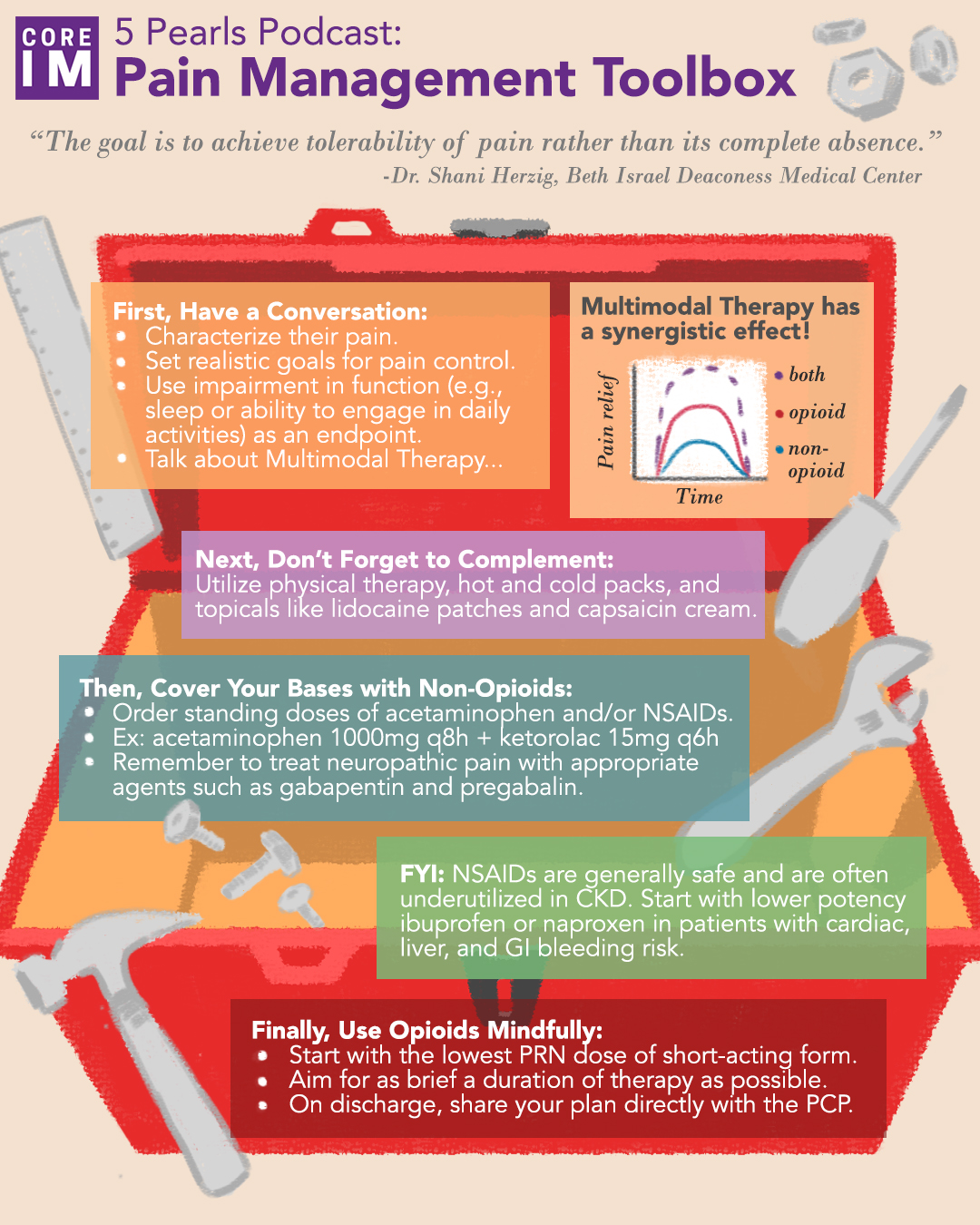Explore alternative therapies like acupuncture. Studies suggest it can effectively manage chronic pain conditions such as osteoarthritis and fibromyalgia. Consider the frequency and duration of treatment based on your specific needs and your doctor’s recommendations.
Physical therapy offers targeted exercises and stretches to improve mobility and reduce pain. A physical therapist can create a personalized program addressing your specific pain source, focusing on strengthening weak muscles and improving flexibility. Aim for regular sessions, consistently following your prescribed exercises at home.
Topical treatments, such as creams containing capsaicin or lidocaine, provide localized pain relief. Capsaicin depletes pain-transmitting substances, while lidocaine numbs the area. Apply as directed, observing any potential skin irritation.
Mindfulness and meditation techniques help manage pain by reducing stress and improving coping mechanisms. Guided meditation apps or in-person classes can assist with learning these techniques. Regular practice, even for short periods, provides benefits.
Consult your doctor about other options. They can discuss prescription medications, such as opioids (used cautiously and with close monitoring), or other approaches tailored to your individual circumstances and medical history. Open communication with your doctor ensures the best pain management strategy for you.



